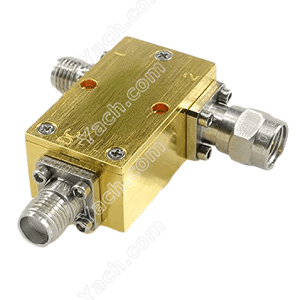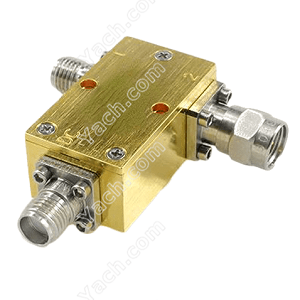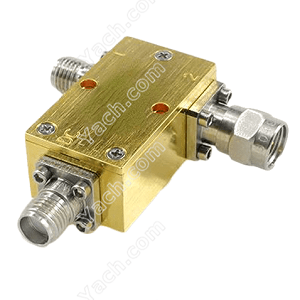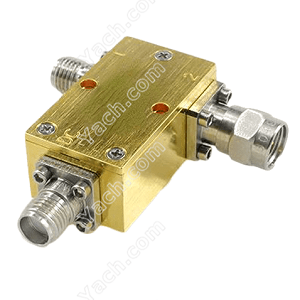The important parameters of low noise amplifiers
2022-05-13 13:35:43 点击:
Low noise amplifier (LNA) is an amplifier with very low noise figure. It is generally used as high-frequency or intermediate frequency preamplifier of various radio receivers and amplification circuit of high-sensitivity electronic detection equipment.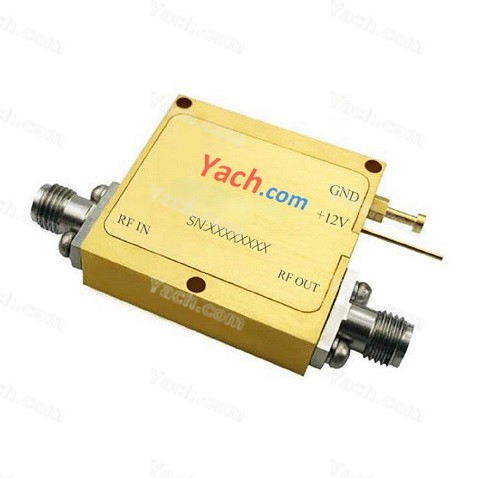
Discussions on low noise amplifiers (LNA) often focus on RF / wireless applications, but in practical applications, noise also has a great impact on low-frequency analog products (such as data converter buffer, strain gauge signal amplification and microphone preamplifier), which is an important consideration. The main technical indexes of low noise amplifiers include: noise figure, power gain, input-output standing wave ratio, reflection coefficient and dynamic range. When designing low noise amplifier, the noise coefficient is mainly considered while taking into account other indexes.
The two most important parameters affecting the noise performance of the amplifiers are voltage noise and current noise. Voltage noise refers to the voltage fluctuation at the input when the amplifier input is short circuited without its noise interference. Current noise refers to the current fluctuation at the input when the amplifier input is open circuit without other noise interference.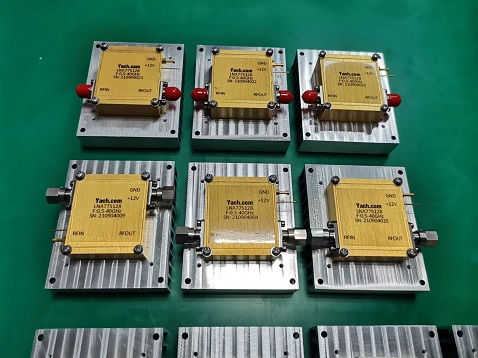
A typical indicator of amplifier noise is noise density, also known as point noise. The unit of voltage noise density is NV /, and the current noise density is usually expressed as PA /. These parameters can be found in the data of low noise amplifier, and the values at two frequencies are generally given: one is the flicker noise below 200Hz; The other is noise in the 1kHz passband. For simplicity, these measurements are referenced to the amplifier input and do not need to consider the amplifier gain.
Figure 1 shows the corresponding relationship between voltage noise density and frequency. The noise curve is related to two main noise components: flicker noise and shot noise. F / 1 noise is inversely proportional to the noise amplitude of all devices, which is also called random noise. Flicker noise is usually the main noise source when the frequency is lower than 200Hz, as shown in Figure 1. 1 / F angular frequency refers to the initial frequency with basically the same noise and not affected by frequency change. Shot noise is a white noise caused by the current fluctuation through the forward biased PN junction, which also appears in this frequency band. It should be noted that the 1 / F angular frequency of voltage noise may be different from that of current noise.

Discussions on low noise amplifiers (LNA) often focus on RF / wireless applications, but in practical applications, noise also has a great impact on low-frequency analog products (such as data converter buffer, strain gauge signal amplification and microphone preamplifier), which is an important consideration. The main technical indexes of low noise amplifiers include: noise figure, power gain, input-output standing wave ratio, reflection coefficient and dynamic range. When designing low noise amplifier, the noise coefficient is mainly considered while taking into account other indexes.
The two most important parameters affecting the noise performance of the amplifiers are voltage noise and current noise. Voltage noise refers to the voltage fluctuation at the input when the amplifier input is short circuited without its noise interference. Current noise refers to the current fluctuation at the input when the amplifier input is open circuit without other noise interference.

A typical indicator of amplifier noise is noise density, also known as point noise. The unit of voltage noise density is NV /, and the current noise density is usually expressed as PA /. These parameters can be found in the data of low noise amplifier, and the values at two frequencies are generally given: one is the flicker noise below 200Hz; The other is noise in the 1kHz passband. For simplicity, these measurements are referenced to the amplifier input and do not need to consider the amplifier gain.
Figure 1 shows the corresponding relationship between voltage noise density and frequency. The noise curve is related to two main noise components: flicker noise and shot noise. F / 1 noise is inversely proportional to the noise amplitude of all devices, which is also called random noise. Flicker noise is usually the main noise source when the frequency is lower than 200Hz, as shown in Figure 1. 1 / F angular frequency refers to the initial frequency with basically the same noise and not affected by frequency change. Shot noise is a white noise caused by the current fluctuation through the forward biased PN junction, which also appears in this frequency band. It should be noted that the 1 / F angular frequency of voltage noise may be different from that of current noise.
- 上一篇:Power Amplifiers PA8375168 [2022-05-14]
- 下一篇:Power Amplifiers PA8375216 [2022-05-12]


